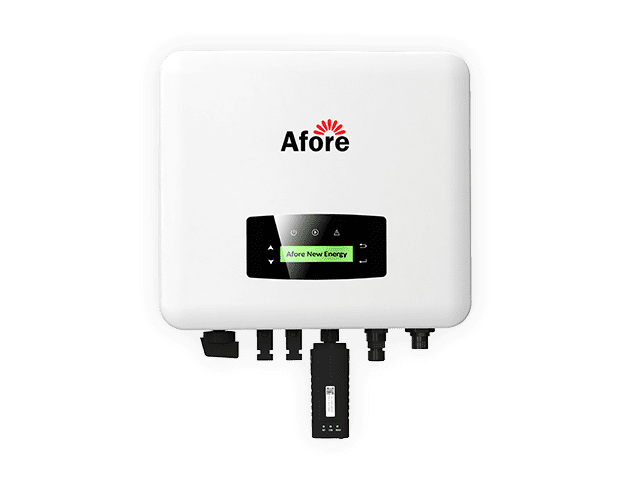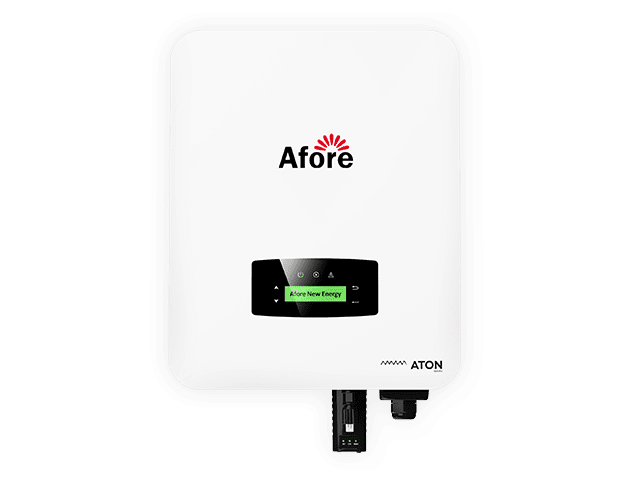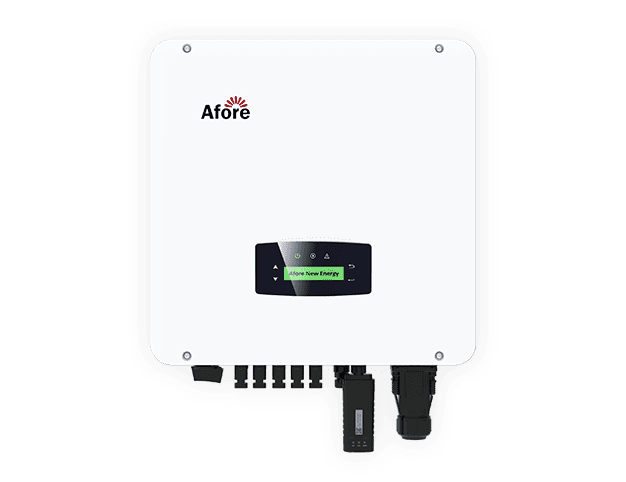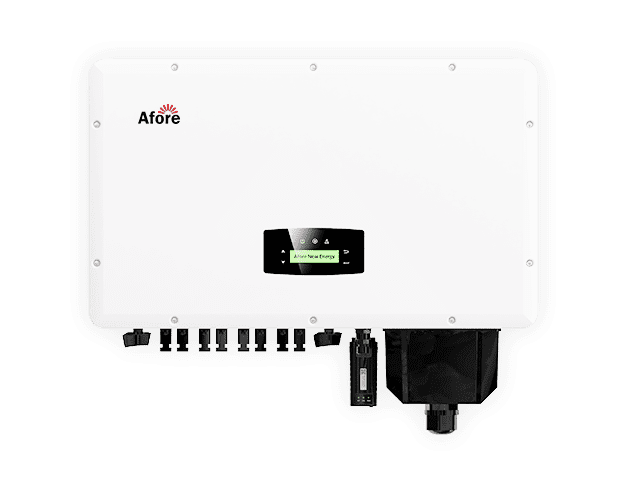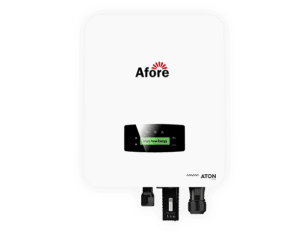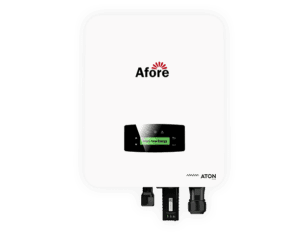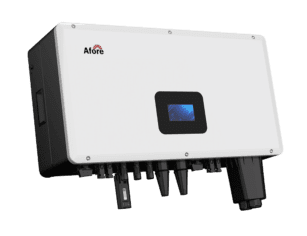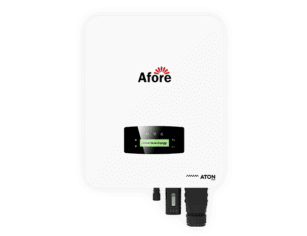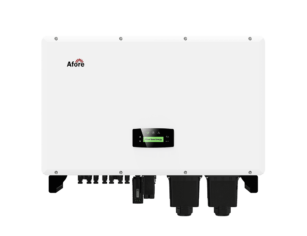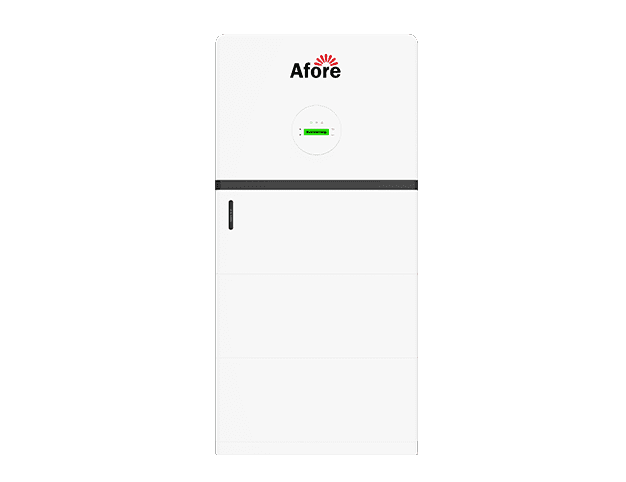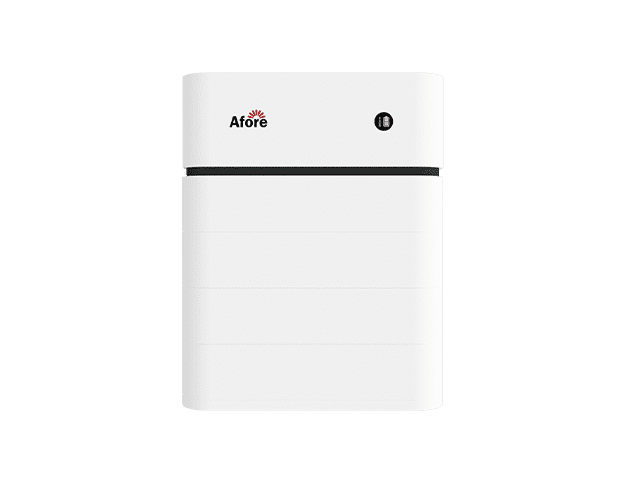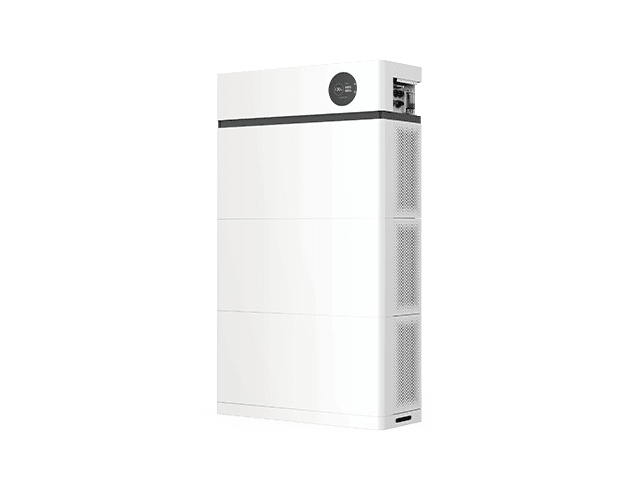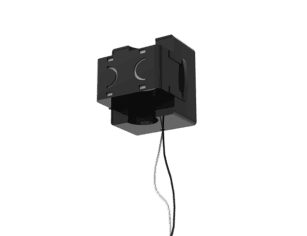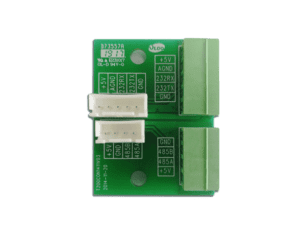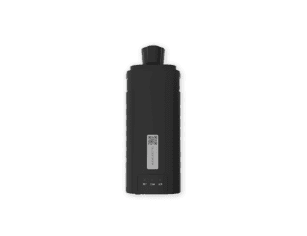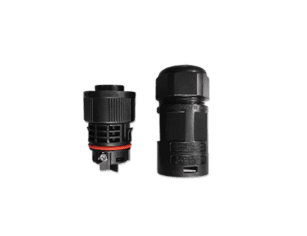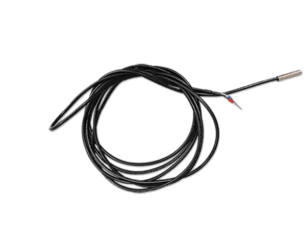Ultimate Guide to Solar Energy Storage System for Homes & Businesses

Inhaltsübersicht
When you hear the term solar energy storage system, what comes to mind might just be “a battery with some solar panels.” But in reality a solar energy storage system is much more: it’s the smart integration of a solar generation setup, a storage medium (typically a battery), and the conversion/control equipment that links the two. The system takes the excess electricity generated by your solar panels, stores it, and then delivers it when you most need it — even when the sun isn’t shining.
In the modern renewable energy world, a properly designed solar energy storage system can transform how you consume and control power: shifting you from being a passive energy consumer to an active energy manager. That kind of transformation is exactly why this topic matters today.
Fundamentals of Solar Energy Storage Systems
Key components of a system
Let’s break down the anatomy of a solar energy storage system. Fundamentally, you’re looking at several core pieces:
- A solar PV array (solar panels) that capture sunlight and generate DC power.
- A storage module (typically a battery) that receives that excess energy and keeps it ready until needed.
- Die Solarwechselrichter, which converts DC from the array (and often battery) into usable AC power — and may also manage the flow of energy between generation, storage, loads and the grid.
- An energy management system (EMS) or battery management system (BMS) that monitors, controls, optimises the operation of the system (state of charge, depth of discharge, charge cycles, etc.).
- Balance of system components: wiring, protective devices, monitoring interfaces, potentially communications and cloud analytics.
With all those pieces working together, the solar energy storage system becomes a living, dynamic asset — not just a pile of hardware.
How storage works in conjunction with solar generation
Here’s how the flow typically works: during daylight hours when your solar panels are producing more electricity than your home or building is using, that surplus energy is directed into the battery portion of your solar energy storage system. When generation falls (for example at night, during shading, or under cloudy skies) your stored energy can discharge and supply your loads. The solar inverter plays a pivotal role in that transaction — converting power, directing flows, managing transitions. Without storage, any excess solar energy would either be sent to the grid, wasted, or curbed. With storage, you capture that value.
Types of storage configurations and coupling with solar
When implementing a solar energy storage system, one of the key design questions is how the battery is coupled with the solar array and inverter. The two common coupling approaches are AC coupled and DC coupled. With AC coupled systems, the solar array feeds into the solar inverter to produce AC, and then that AC can be diverted either into the home/loads or back to the grid — or into a battery connected inverter which converts back to DC for storage. With DC coupled systems, the array and battery may share a DC bus, meaning less conversion stages and potentially higher efficiency. From an implementation standpoint this affects the size, cost, wiring, and how the solar inverter is chosen or configured.
Another axis is behind the meter (residential/commercial consumption site storage) versus front of the meter (utility scale or grid service storage). Each has different scale, regulatory, and equipment implications, particularly for the solar inverter and associated power electronics.
Role of solar inverter in grid integration
In a solar energy storage system connected to the grid, the solar inverter isn’t just converting DC to AC — it is called upon to support grid synchronisation, comply with anti islanding protocols, enable feed in from the solar plus storage, and in advanced cases provide grid services (such as frequency or voltage support). As renewable penetration increases, these inverter functions become more significant. Thus, when selecting a solar inverter for your system, you should ensure that it supports the necessary grid interface standards, can handle battery integration, and provides commanded transitions between modes (self consumption, grid export, backup, etc.).

Benefits of Solar + Storage Systems
Energy independence & resilience
One of the most compelling benefits of adding storage to your solar energy system is enhanced independence. With a robust solar energy storage system, you’re less reliant on the grid, and you’re better prepared for fluctuations or outages. That means you can keep your essential loads powered even when the grid goes down — or shift them to stored solar energy during peak times when the grid becomes expensive or unstable. In that sense, the solar inverter plays a role in switching your system into “island” or backup mode, thereby turning your solar plus storage into a resilience hub.
Economic advantages (time-of-use arbitrage, demand charge reduction)
From a financial standpoint, a solar energy storage system opens up many opportunities. If you live in a region with time of use (TOU) tariffs, you can store solar energy when it’s inexpensive (during midday) and use it during peak hours when electricity rates are high. That saves you money. If you run a commercial or industrial site, storage can help trim demand charges by discharging stored energy during peak load periods — again making the investment worthwhile. The solar inverter will be part of that economic value chain, by ensuring your system efficiently transitions between storage charging, discharging and grid interaction.
Grid benefits & renewable integration
On a broader scale, solar energy storage systems help utilities and communities integrate more renewable energy. They smooth out generation variability, reduce curtailment of solar arrays, and provide ancillary services (e.g., ramp rate control, frequency regulation). By equipping your system with a capable solar inverter that supports grid friendly modes, you contribute to a cleaner, more stable grid — and position your system to possibly participate in emerging value streams (like grid services or tariffs for stored energy dispatch).
Environmental / sustainability benefits
Last but not least, solar energy storage systems support sustainability. By storing the energy your solar panels produce and using it later (instead of drawing from fossil fuel generated grid power), you reduce your carbon footprint. The more your solar energy storage system becomes a self reliant source of clean power — the less you rely on external, dirty supply. The solar inverter and storage combination help enable that behavioural and operational shift.
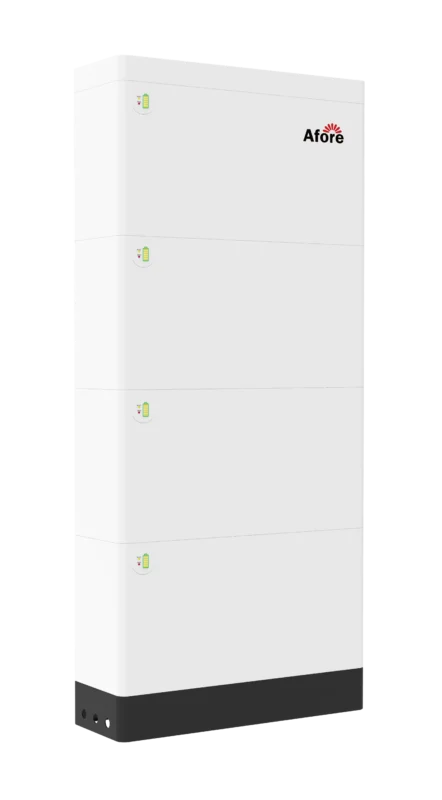
Design & Implementation Considerations
System sizing and matching generation to load
Designing a solar energy storage system means sizing the components correctly: how big should the solar array be? How much battery capacity do you need? What depth of discharge, what cycle life? You’ll need to analyse your load profile, solar generation profile, hours of storage desired, and how often you want backup versus daily shifting. The solar inverter capacity also needs to align with your load, your battery discharge rate, and possible future expansion. Under sizing any piece (solar inverter, battery, wiring) can limit the system’s performance.
Choosing the right battery technology
Choosing the battery technology is a major decision when building a solar energy storage system. You’ll typically pick between lithium ion (commonly used), lead acid (less common now for new installs), and other emerging technologies (flow batteries, advanced chemistries). Each type has trade offs: cost, lifespan, efficiency, maintenance. And whatever battery you choose, you’ll need a solar inverter that’s compatible with that battery chemistry, its charge/discharge profile and its intended use (daily cycling vs backup only). Making the wrong battery-plus inverter match can reduce system lifespan or efficiency.
Inverter selection and integration with storage
As mentioned already, you need to choose a solar inverter that fits your solar energy storage system’s architecture. If you’re retrofitting storage onto an existing solar array, an AC coupled approach and a solar inverter which supports battery integration may make sense. If you’re building new, a DC coupled system may be more efficient but requires a solar inverter designed for hybrid operation. When selecting your solar inverter, look for features like bidirectional capability, multiple inputs (PV + battery), islanding detection, high efficiency, monitoring and software controls. The solar energy storage system’s performance hinges on how well the inverter acts as a “traffic controller” of energy flows.
Regulatory, economic & incentive landscape
One cannot ignore the regulatory and incentive context when designing a solar energy storage system. Many jurisdictions offer incentives for storage (not just solar generation). There are policies around interconnection, net metering, grid export, TOU rates, and demand charge reduction. You’ll need to ensure your solar inverter and storage system meet local certification, compliance and utility approval processes. Smartly capturing incentives can shift your pay back timeline and make a solar energy storage system far more attractive.
Installation, operation & maintenance best practices
Installation quality matters: well sited solar panels, proper orientation/shading analysis, adequate battery ventilation, safe wiring, and correct solar inverter commissioning. Maintenance is minimal compared to older systems, but you still need to monitor performance, track battery health, update firmware (for the solar inverter and EMS), and ensure no degradation or safety risk. A well monitored solar energy storage system can last many years with predictable performance.
Challenges & limitations
Despite all the benefits, there are challenges with any solar energy storage system. The upfront cost remains higher than a solar array alone. Battery degradation, capacity fade, efficiency losses and inverter reliability are real considerations. You may face complex system integration (solar + battery + solar inverter + grid), and local regulatory or utility approval hurdles. Planning for these issues ahead of time helps you mitigate them. The solar inverter selection again is critical — choosing a poorly rated or incompatible one can compound the challenges instead of solving them.
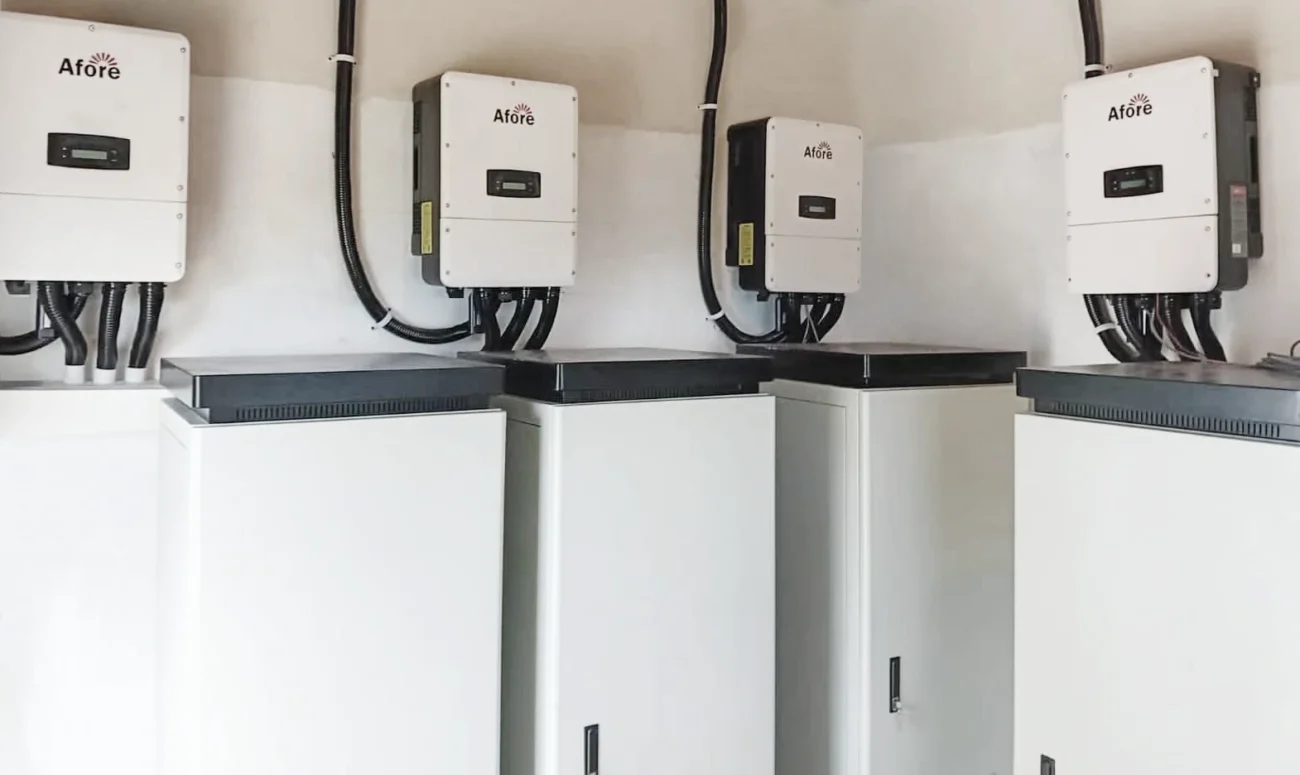
Applications of Solar Energy Storage Systems
Residential systems
In the home setting, a solar energy storage system can convert your rooftop solar into a full time resource. You generate power during the day, store the surplus, and use it in the evening or during outages. Your solar inverter may handle both solar conversion and battery interface (especially in hybrid systems). For homeowners, the value is in lower electricity bills, backup power, and energy independence.
Commercial & industrial (C&I) systems
For commercial or industrial applications, a solar energy storage system might serve a warehouse, factory or campus, shifting large loads away from peak grid charges, reducing demand charges, and supporting facility resilience. The solar inverter in these systems is often larger, more robust, and integrated into building energy management systems. The scale is different, the financial drivers stronger, and optimisation more sophisticated.
Utility scale and microgrid applications
At utility or microgrid level, solar energy storage systems help stabilise power networks, integrate large solar farms, and provide grid services. The solar inverter in these settings may interface not only with the battery but also with large scale power electronics infrastructure, grid control systems, and regulatory service platforms. Whether for a remote microgrid or a community resilient design, the solar energy storage system becomes a strategic asset.

Future Trends and Innovations
Advances in inverter technology
The solar inverter of tomorrow is more than a converter — it’s a multi port hub, a grid forming device, and an intelligent controller. Modern inverters are increasingly capable of operating in island mode, supporting solar plus storage plus electric vehicle (EV) integration, and optimizing generation, storage and load in real time. These advances will accelerate the adoption and performance of solar energy storage systems across all segments.
Emerging storage technologies
While lithium ion continues to dominate for many solar energy storage systems, emerging technologies such as flow batteries, solid state batteries, compressed air storage and long duration thermal storage are gaining traction. These technologies will open new possibilities: longer duration storage, lower cost per kWh, improved safety, and deeper integration. As these mature, solar energy storage systems will move into broader markets.
Market and policy evolution
We are already seeing a shift: storage is no longer an optional add on but increasingly a standard feature of new solar installations. Regulations, tariffs and incentive structures are evolving to support that transition. From demand charge structures to storage specific rebates, the ecosystem is moving. As that happens, solar energy storage systems become more accessible, more mainstream, and more valuable.
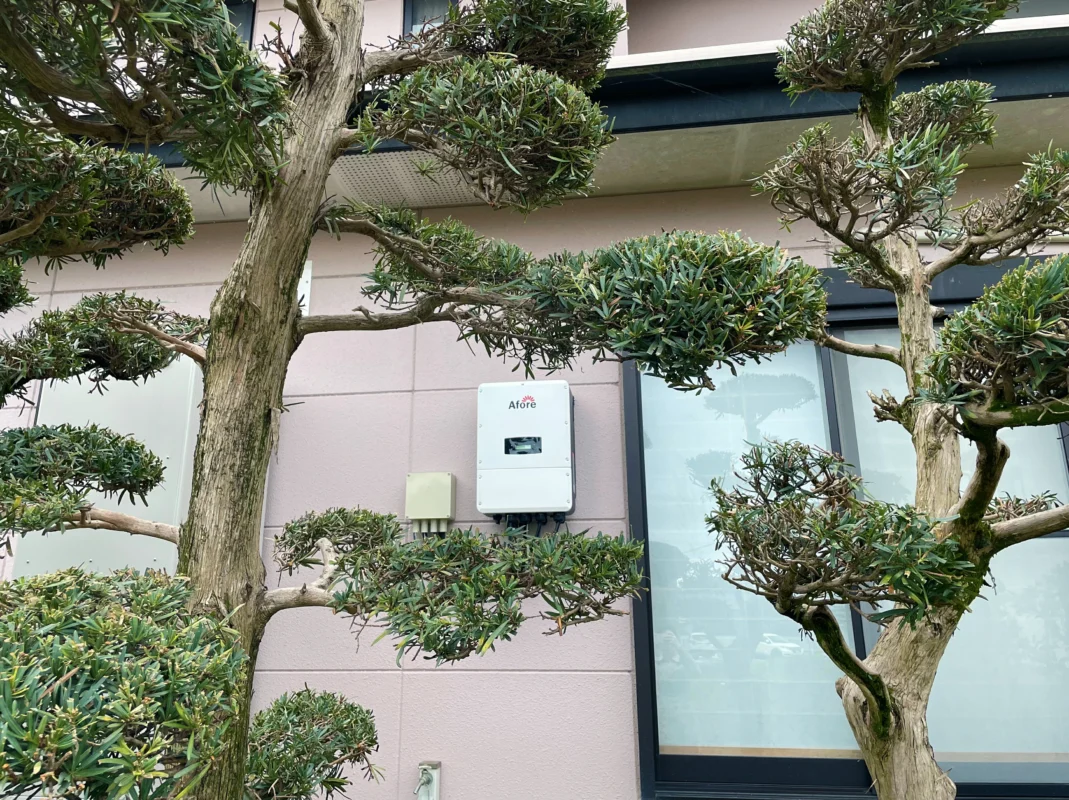
Schlussfolgerung
To sum up: a well designed solar energy storage system delivers far more than just “solar plus battery.” It’s a holistic configuration that involves generation, storage, control, and conversion — and at its heart sits the solar inverter, directing and optimising flows. When you get the sizing right, choose the right battery chemistry, install a compatible solar inverter, and operate the system smartly, you unlock energy independence, resilience, cost savings, sustainability and grid friendly benefits. The future of sustainable energy lies in making solar energy available when you need it — not just when the sun is shining. A thoughtful, well engineered solar energy storage system is the key to that shift.
If you’re considering such a system — whether for your home, business, or utility scale deployment — now is arguably the time to act: technology is mature, prices are declining, and skills are available. With the right solar inverter and storage design, you’re set to reap the benefits for decades.
Häufig gestellte Fragen
-
What is a solar energy storage system and how does it differ from a regular solar PV system?
A solar energy storage system combines a solar power array with a battery or other storage medium and a management system. Unlike a traditional solar PV system, it can store excess energy for later use, offering power when the sun isn’t shining and enabling greater self-consumption.
-
How does a solar inverter function within a solar energy storage system?
The solar inverter converts DC electricity from solar panels (and sometimes the battery) into AC electricity for use in homes or businesses. In storage systems, it also manages battery charging and discharging, coordinates energy flow, and interacts with the grid.
-
What types of batteries are suitable for solar energy storage systems?
Common batteries include lithium-ion, lead-acid, flow batteries, and other emerging technologies. Selection depends on cost, efficiency, lifespan, cycle life, and compatibility with the solar inverter. Proper pairing ensures reliable energy storage and delivery.
-
What is the difference between AC-coupled and DC-coupled storage systems?
In AC-coupled systems, solar power is converted to AC and then managed by a separate inverter to charge the battery. In DC-coupled systems, energy flows directly from the panels to the battery in DC form, potentially increasing efficiency. The coupling type affects system design, inverter choice, and energy management.
-
How do I determine the appropriate size for a solar energy storage system?
Sizing requires analyzing your electricity consumption, solar generation potential, and desired autonomy during outages. Consider battery capacity, depth of discharge, cycle life, and solar inverter limits to ensure optimal performance.
-
Can a solar inverter handle both solar generation and battery storage simultaneously?
Yes, hybrid or bidirectional inverters can manage energy from solar panels and batteries concurrently. The inverter balances charging and discharging while converting DC to AC, ensuring smooth operation of the solar energy storage system.
-
What maintenance is required for a solar energy storage system?
Maintenance includes monitoring battery health, checking connections, updating inverter software, and ensuring the system is free from obstructions or hazards. Regular inspection improves safety, extends lifespan, and maintains energy efficiency.
-
How long do solar energy storage systems typically last?
Battery lifespan varies by technology, usually between 10–20 years. The solar inverter may last 10–15 years, while solar panels often exceed 25 years. Proper maintenance and system monitoring maximize longevity and reliability.
-
What safety considerations are important for solar energy storage systems?
Key safety measures include proper battery ventilation, certified electrical components, correct installation of inverters, monitoring for thermal events, and safeguards against overcharging or overdischarging. Following safety guidelines minimizes risks.
-
Can an existing solar PV system be retrofitted with storage?
Yes. Retrofitting often involves adding a compatible battery and possibly upgrading the solar inverter to a hybrid type. The system must be reconfigured to ensure efficient energy flow and maintain safety and reliability.
-
How does a solar energy storage system support grid stability?
By storing excess solar energy and releasing it when needed, the system helps smooth generation variability, reduces peak demand, and can provide voltage or frequency support. The solar inverter ensures coordinated operation with the grid.
-
What factors influence the cost and payback of a solar energy storage system?
Costs depend on battery size, solar inverter capacity, installation complexity, and local electricity rates. Incentives and energy savings from time-of-use optimization or demand charge reduction affect the payback period. Accurate planning ensures financial viability.





